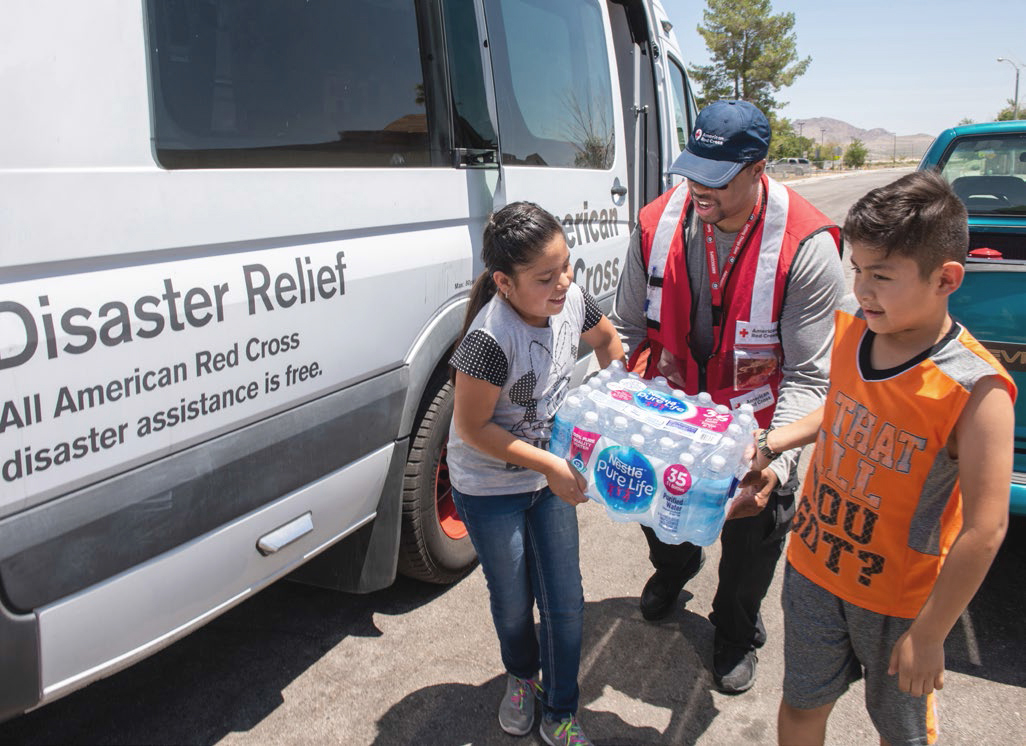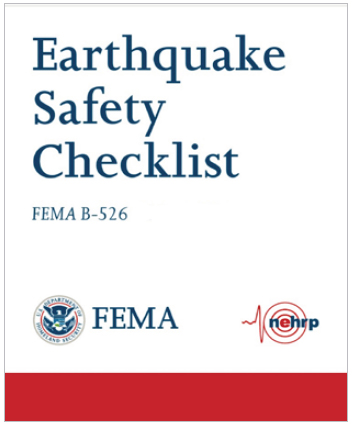Quake-Up Call - Page 2
 |
|
|
 |
|
|
 |
|
|
 |
|
|
 |
|
|
Value of earthquake kits
Surviving an earthquake is dependent upon a myriad of factors, but having earthquake survival and first-aid kits on hand can mean the difference between life and death. Earthquake kits have one purpose: to help you make it safely through an emergency.
Most of us put our earthquake kits together with the hope that we'll never actually need them, and hopefully we never will. But an earthquake kit is a crucial part of emergency preparedness and can provide the tools you need to handle a crisis.
Cal-Tech seismologist Lucy Jones has gone as far as recommending the storing of survival supplies "all over your home, your office, and your car—so that wherever you are when the big one hits, you have the option of staying put."
A good first step in assembling earthquake kits is to download an 'Earthquake Safety Checkist' from the FEMA website. Using this helpful guide will make assembling a kit much easier. Also, you'll be able to rest assured you haven't overlooked any essentials (like fire extinguishers, solar phone chargers, gas-powered generators, etc.) that you may need in the days and weeks following a disaster.
FEMA's detailed checklist explains what you need and why, provides worksheets to organize important phone numbers, and includes printable wallet cards so that you can keep emergency contacts and prescription drug info handy. Print one out for each member of your family.
Pet owners may also want to order a 'Pet First Aid and Disaster Response Guide,' available from SOS Survival Products.
Critical first 72 hours
Second, pack your survival and first-aid kits well. The first 72 hours after an emergency are the most critical, but maintaining enough supplies for a week is advised. Consider that there may be extended periods of reduced services, power outages, and broken utility lines.
Following the 1994 Northridge quake, for instance, more than 20,000 people were displaced from their homes, according to the U.S. Geological Survey. Millions lost power and other utilities due to electrical outages, water main breaks, and gas leaks.
Check with the Red Cross to review the helpful hints in their 'Is Your Emergency Preparedness Kit Ready?' article. The Red Cross also has an online store that stocks first-aid supplies. One of the most reputable sources for survival gear is SOS Survival Products, Inc. SOS maintains an inventory of over 5,000 items. Check sporting goods and adventure stores too, like Big 5, REI, and Harbor Freight—all excellent outlets for supplies.
Lastly, consider starting with a pre-packaged emergency kit and customizing it to your needs. That approach may also prove to be easier and more economical. A number of emergency survival companies offer easy-to-use kits that are packed into duffel bags, backpacks, buckets, or boxes. Essentials usually include first-aid and hygiene supplies, flashlight, food, water purifiers, waterproof matches, etc. Once the pre-packaged kit is in place, then simply add your preference of supplemental items to it.
Today, every kind of survival accessory is available on the market—from wind-up 'dynamo' radios to Mylar sleeping bags to high-tech gadgets. Some kits are tailored to one or two people, and others are expanded to suit families, office staff, and even entire schools.
Be prepared. Try to set up an earthquake preparedness meeting in your community, and coordinate with neighbors to help keep each other safe. With a plan and a strategy, everyone can be ready to respond. It's the smartest way to deal with any kind of emergency, and earthquakes are no exception.
Photography: Sabrina Huang, David Toerge, Michael R. Perry, Douglas C. Pizac, Eve Fraser-Corp, Mimi Teller; and courtesy American Red Cross Los Angeles, Oakland Tribune, AP Images
STORY RESOURCES
American Red Cross
redcross.org
California Emergency Management Agency
caloes.ca.gov
FEMA
fema.gov
Great California Shakeout
shakeout.org
Radco Structural Engineering
Radco-se.com
Sezen & Moon Structural Engineering
smseinc.com
SOS Survival Products
sosproducts.com
Southern California Earthquake Center
scec.org




